If you didn’t know already, NASA isn’t just interested in exploring space, they also show a lot of interest in whats going on here on earth and that includes helping develop new aviation technology that over the years has been essential in the development of safer and more efficient air travel.
They have recently released a bunch of awesome concepts that have been created by working closely with big private companies such as Lockheed Martin, Northrop Grumman, and Boeing. Some of the concepts could be made as early as 2025.
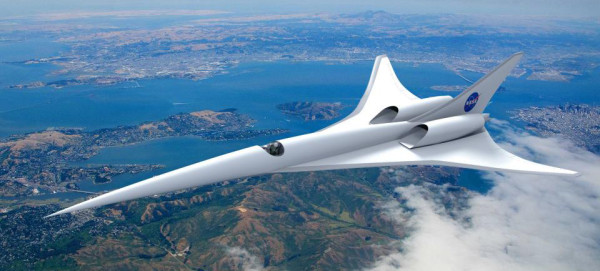
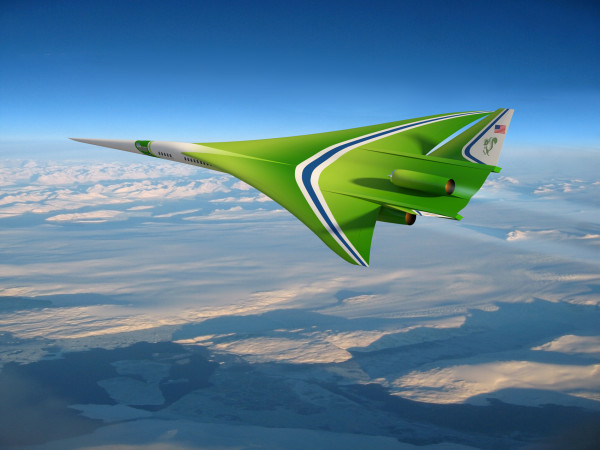
This futuristic looking aircraft design is a concept from NASA research partner Lockheed Martin. The design has been highly influenced by tunnel tests and recorded data in order to create an aircraft that is as efficient as possible.

This plane has been designed with supersonic speeds in mind. The concept is being used by researchers at NASA’s Langley Research Center to try and develop a plane that creates a small sonic boom when breaking the sound barrier.

This possible future aircraft is known as the “hybrid wing body”. The design that sees the wings blend into the body allows for less noise, emissions and fuel consumption and carries great promise for future aircraft designs.

Similar to the “hybrid wing body” the “flying wing” aircraft would most likely carry cargo.
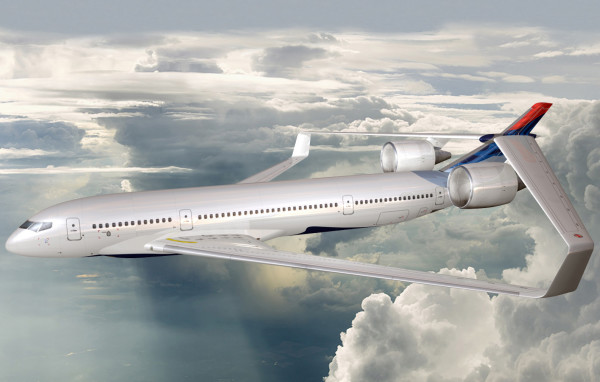
Lockheed Martin’s concept proposes a box wing design which is now only feasible thanks to advances in the development of lightweight composite materials as well as landing gear technologies. The aircraft uses the trusty Rolls Royce engine seen in many commercial airliners already but this time achieves a bypass ratio (flow of air around engine compared to through the engine) almost five time greater than current engines.
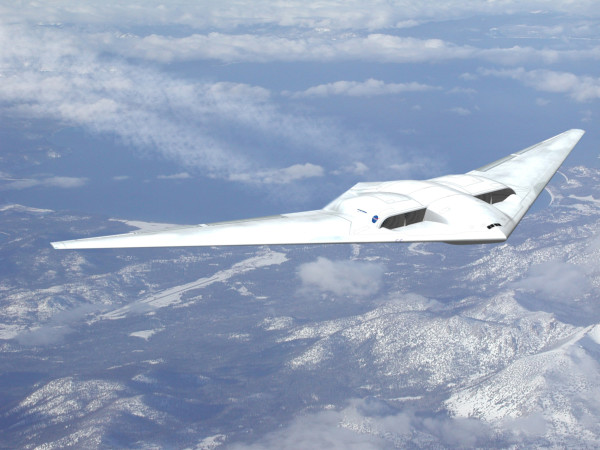
This concept by Northrop Grumman uses an extremely aerodynamic “flying wing” design and FOUR Rolls Royce engines that are strategically placed in the upper surface of the wing the reduce noise levels as much as possible. The concept is intended for the commercial aviation market.
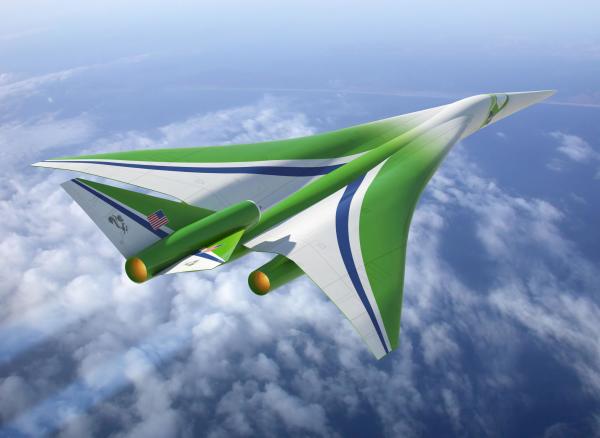
Like many other concepts, this supersonic civil aircraft has been designed with the idea of making the sound produced by going supersonic quiteter, therefore making it legal to fly over land at supersonic speeds.
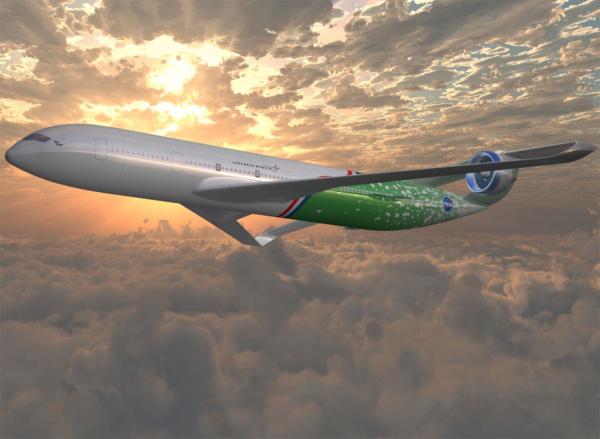
So this concept looks like the most likely to come into service in 2020. This plane is subsonic and uses a box wing configuration to reduce drag and improve fuel efficiency. This is one of a number of designs being explored by NASA with research teams.
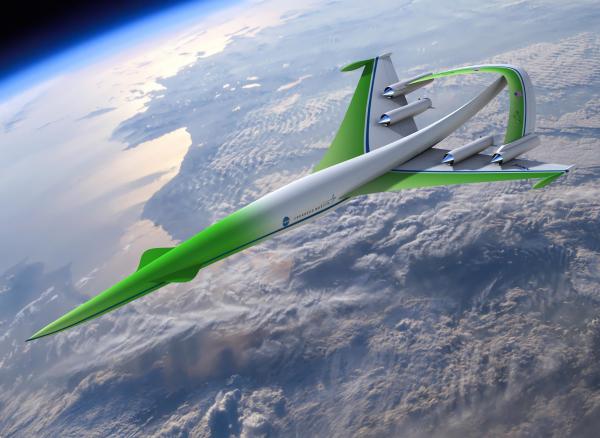
This concept proposed by Lockheed Martin uses a clever “inverted-V” engine-under wing configuration in order to not only improve efficiency and emissions targets but also reduce the noise caused by sonic booms.
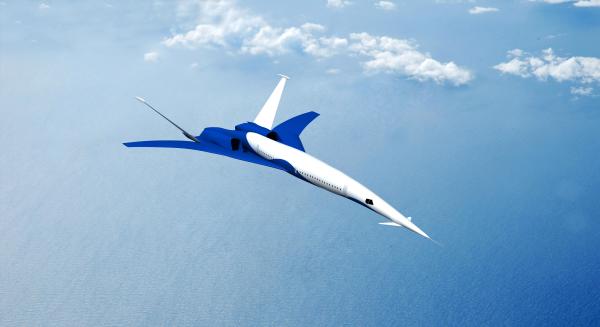
This is the “Icon-II” and is designed by NASA in partnership with The Boeing Company. Like many others on this list the Icon II promises better fuel efficiency, lower noise levels and and a reduction in its sonic boom level which will make supersonic travel over land possible.
This is one of two concepts presented to the NASA Aeronautics Research Mission Directorate. With funding it is hoped that these supersonic cruise aircraft could enter service as soon as 2030-2035.
h/t sploid
